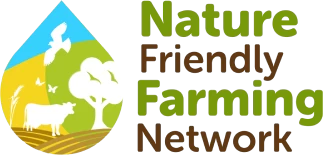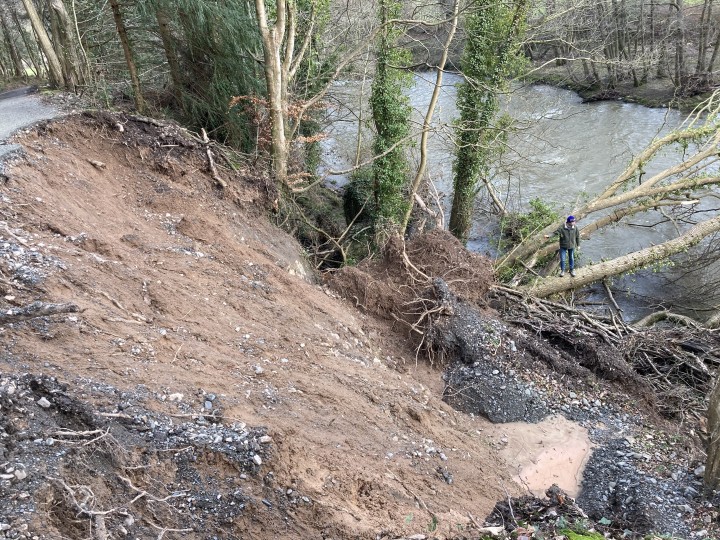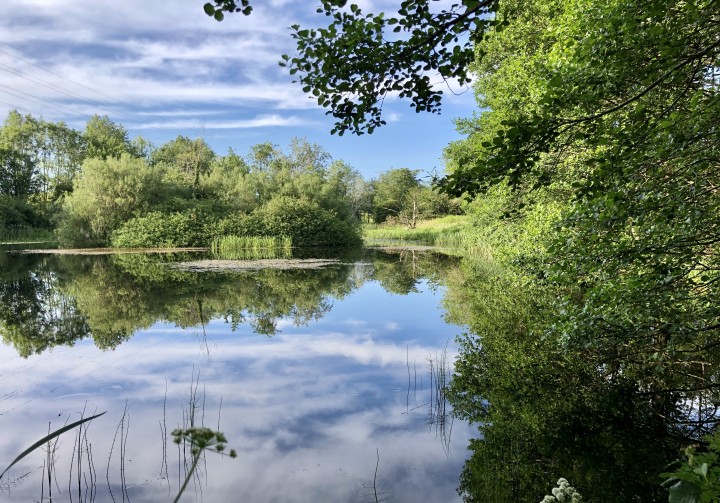Flooding has a devastating impact on people’s lives. Turn on the news after rivers have burst their banks, and the screen will be filled with harrowing images of homes and businesses ruined and piles of soggy, stinking possessions. This nightmare is also something more of us will face more often in the future, thanks to climate change. Met Office analysis suggests that during the 21st century, the UK will experience heavier, more intense rain during the summer, with extreme rainfall becoming more common as well.
Farms are on the front line when it comes to flooding. At the start of 2024, Storm Henk contributed to swathes of the English Midlands being underwater and farming unions demanding compensation for thousands of acres of wrecked crops. The likelihood of flooding becoming more common and rainfall becoming heavier raises major questions about future food security. Across the UK, people and institutions are asking: ‘How do we slow the flow?’
Can nature provide us with answers?
Farmers in the NFFN are finding ways of responding to extreme weather events while continuing to produce food, keeping their business viable and helping nature to thrive. The NFFN supports using nature-based solutions for flood management alongside measures involving engineering, technology, or infrastructure building.
The government defines natural flood management as a way of reducing the risk of flooding by using “processes which protect, restore and mimic natural functions in catchments or on floodplains to slow or store water”. It has also received a thumbs-up from the Environment Agency, which has indicated that it should stand “shoulder to shoulder” with hard flood defences.
NFFN CEO Martin Lines highlights how nature-based flooding solutions can work in the two very different landscapes the government speaks about. “In the uplands, we need to keep water on the hillsides for longer within catchments,” he says. “On floodplains, we need room for the water to expand across farmland.”
‘One-third of my farm can be underwater.’
For Debbie Wilkins, who farms on around 900 acres at Norton Court Farm in Gloucestershire, floodwater management is a massive and crucial part of her farming practice. Her farm is near the River Severn, and the heavy rainfall at the start of 2024 saw 300 acres underwater. It’s a public good she is happy to provide, but one which requires a great deal of thinking about how the business is going to remain viable.
“Most of our floodplain meadows are species-rich hay meadows, but we’ve also got arable land, which we’ve taken out of use because you can only spring crop it. You can’t gamble with a winter crop like winter wheat because you would often lose it. We converted the arable land to herbal leys, which could survive being flooded,” she says.



